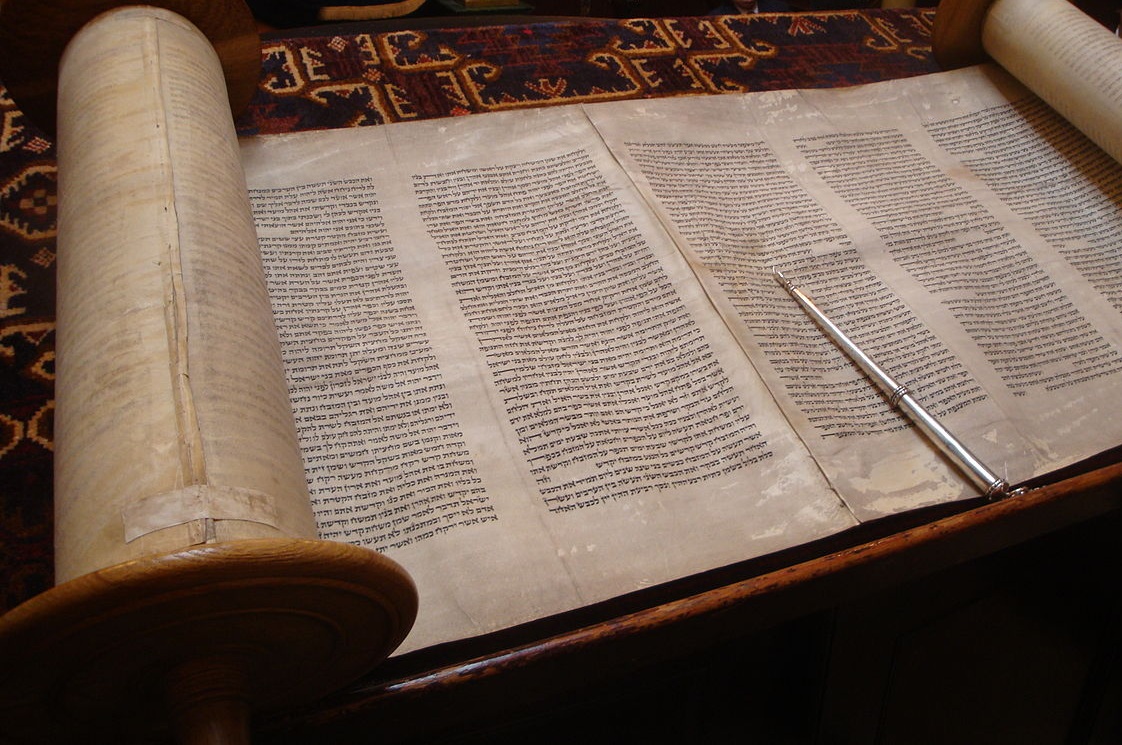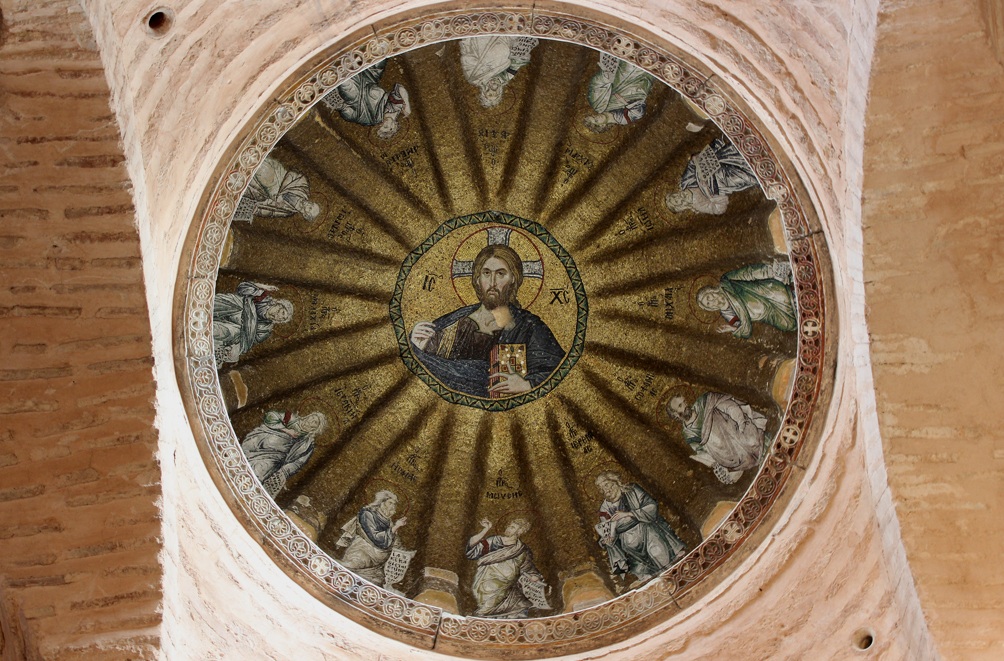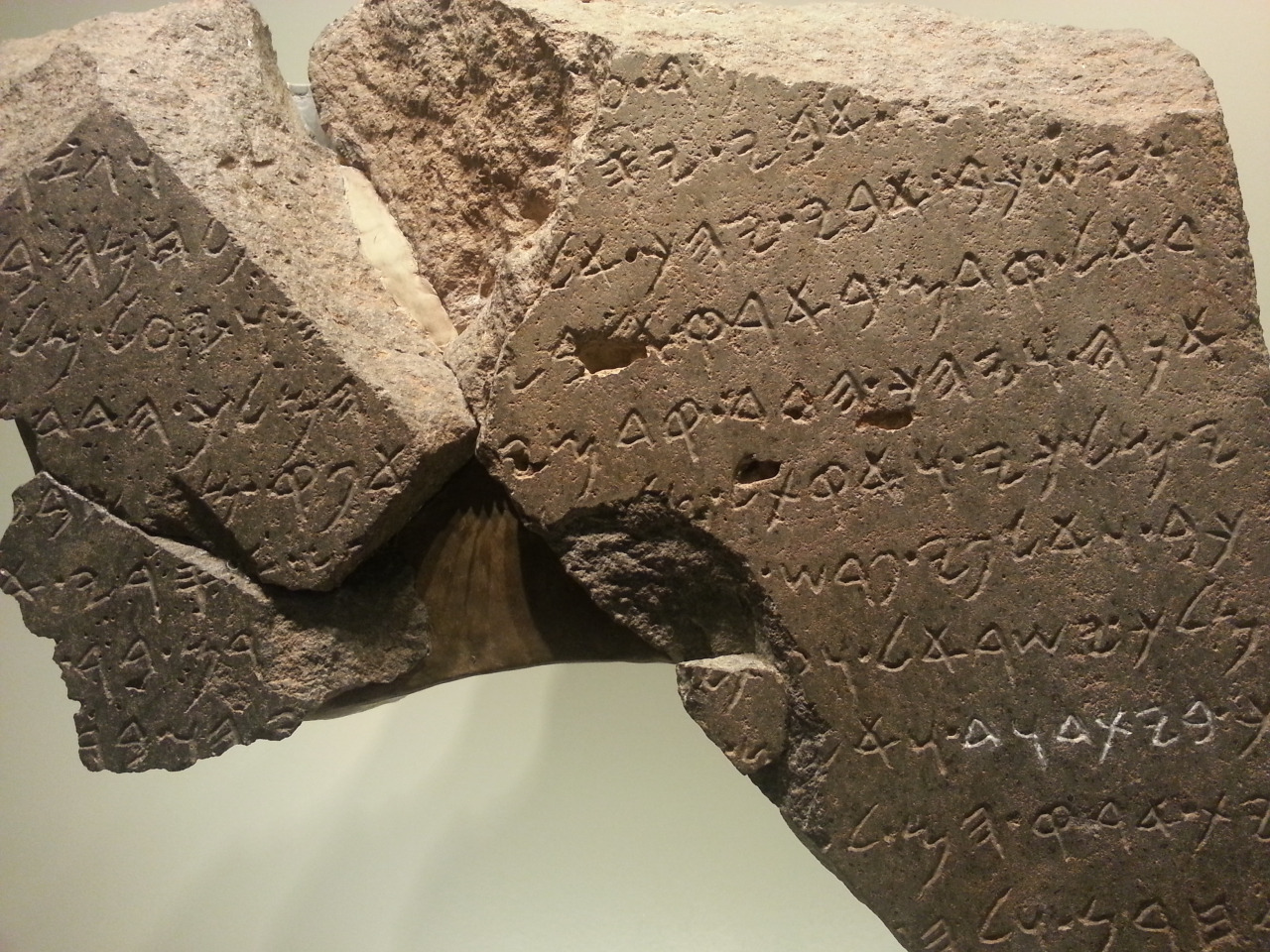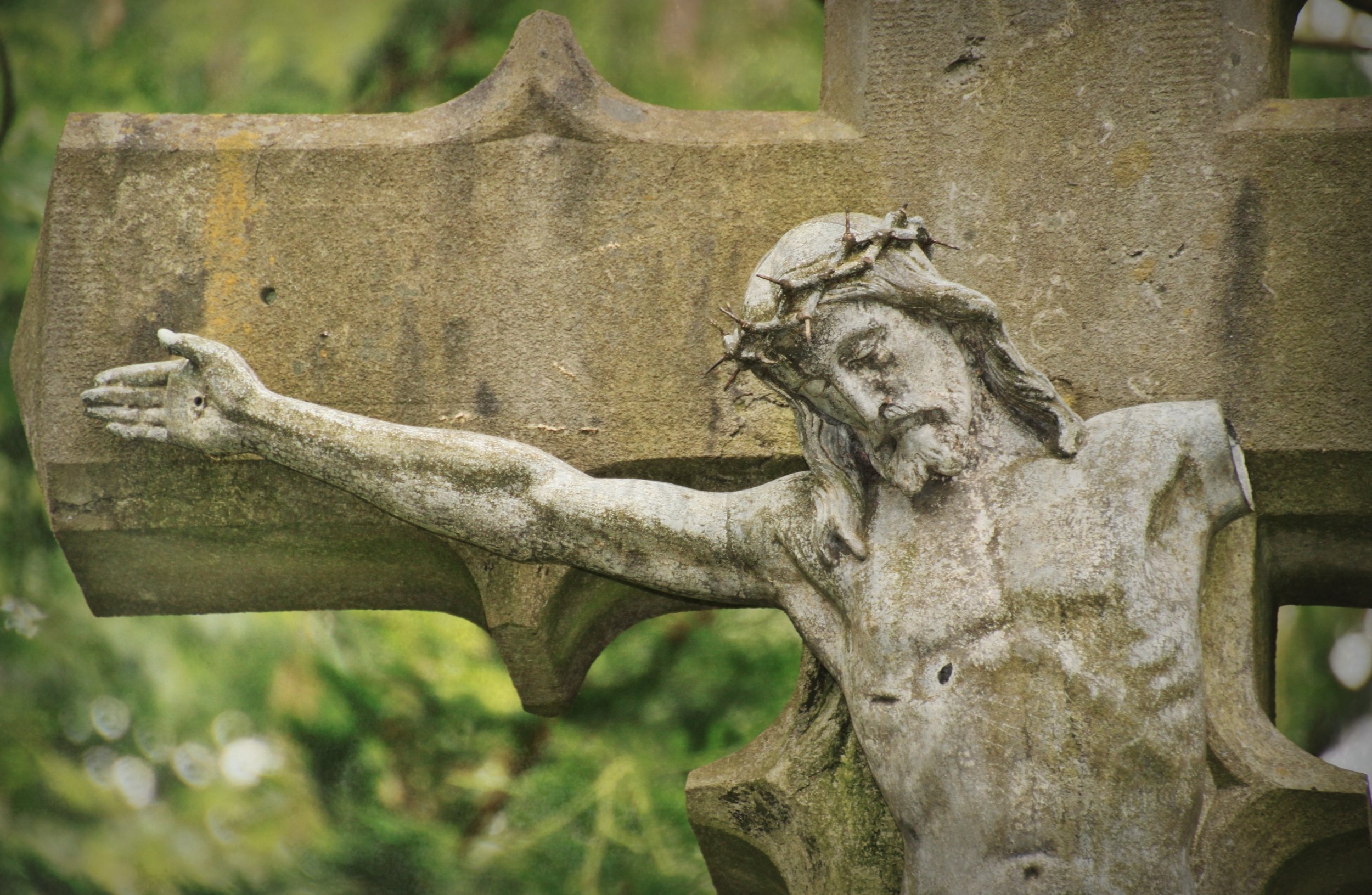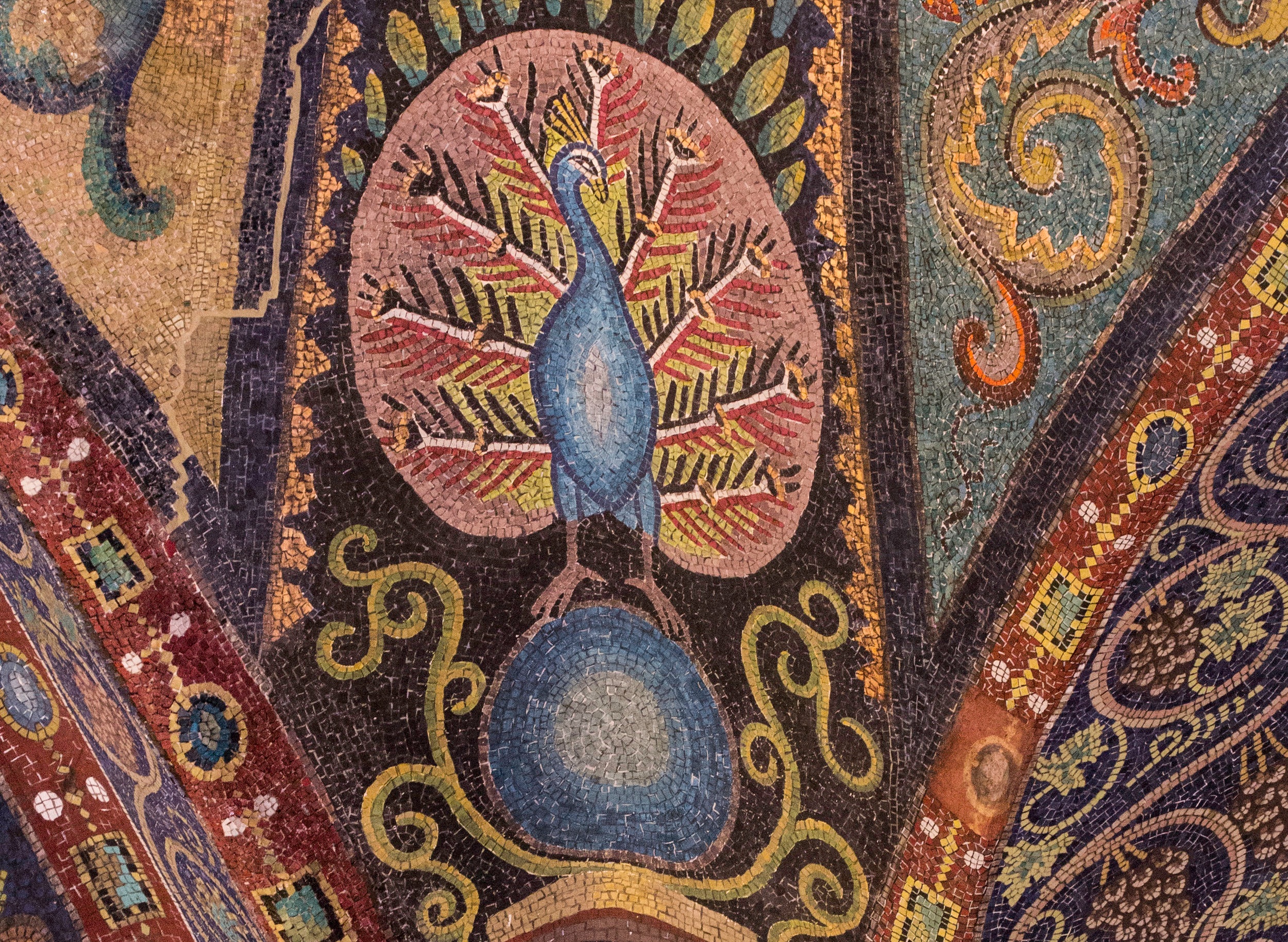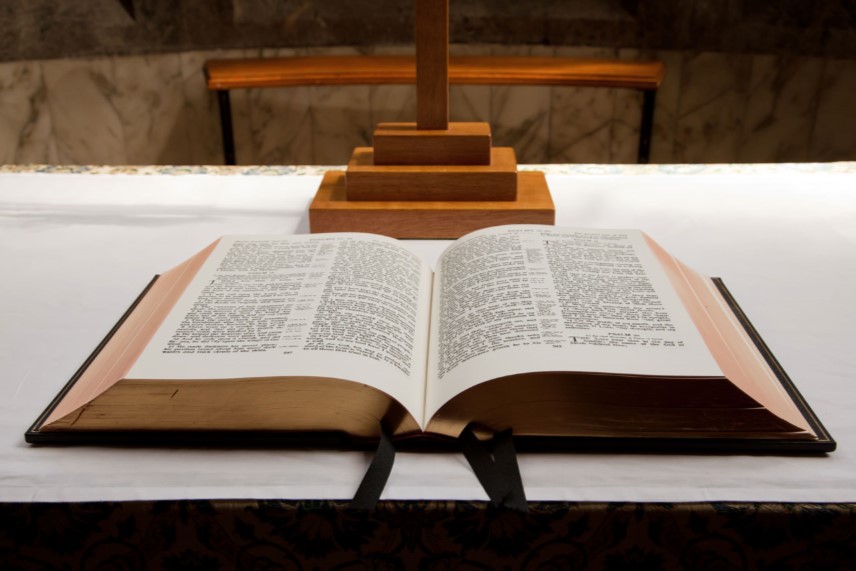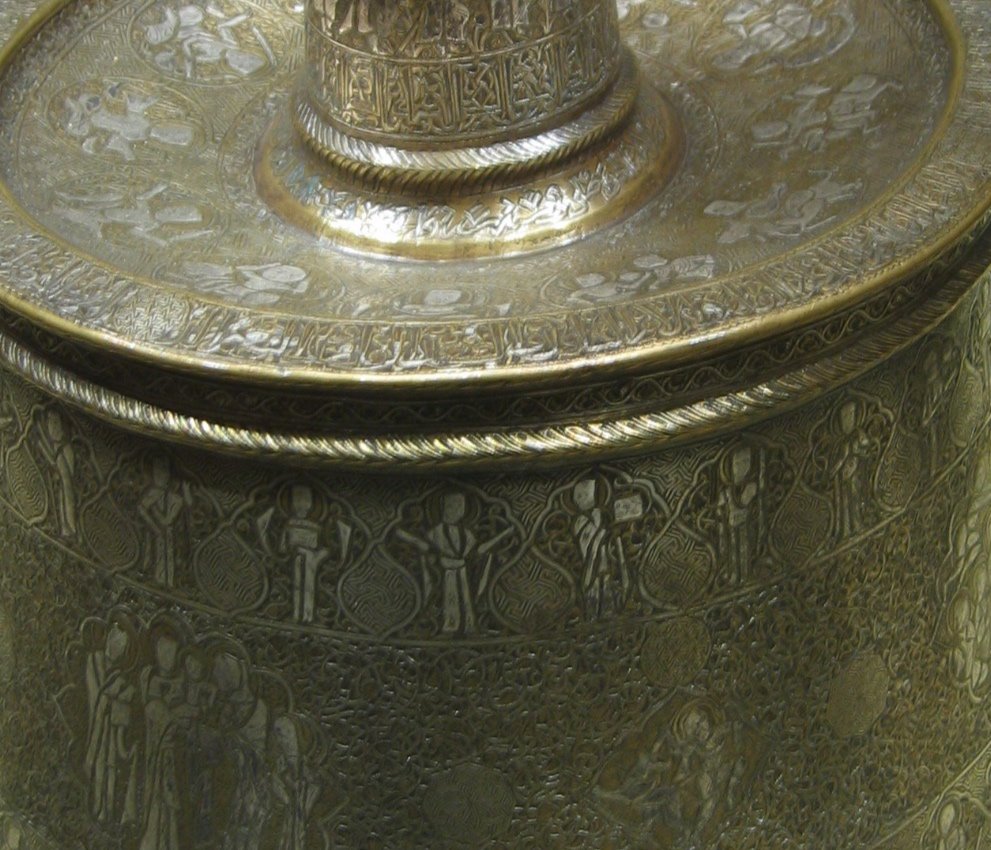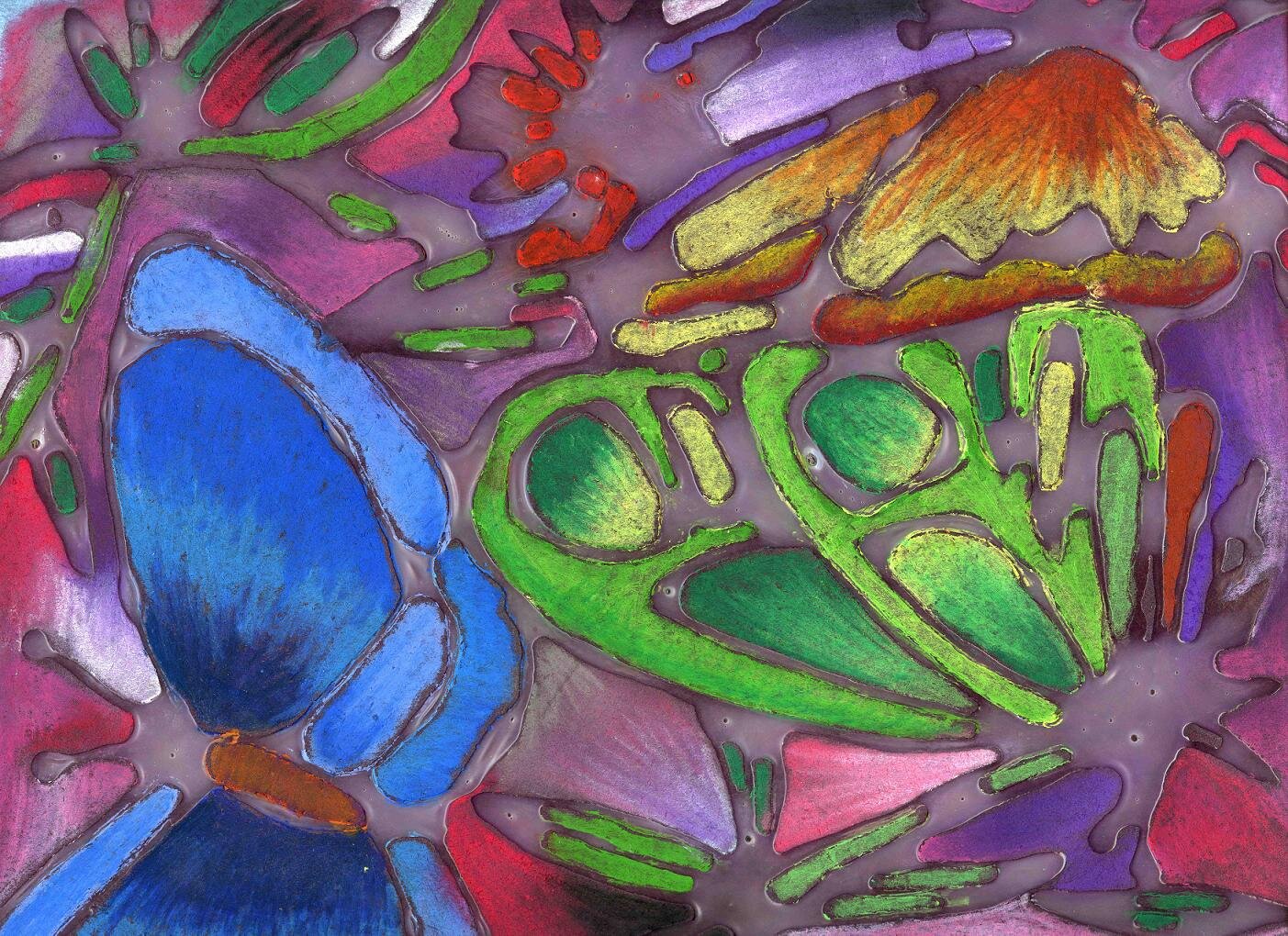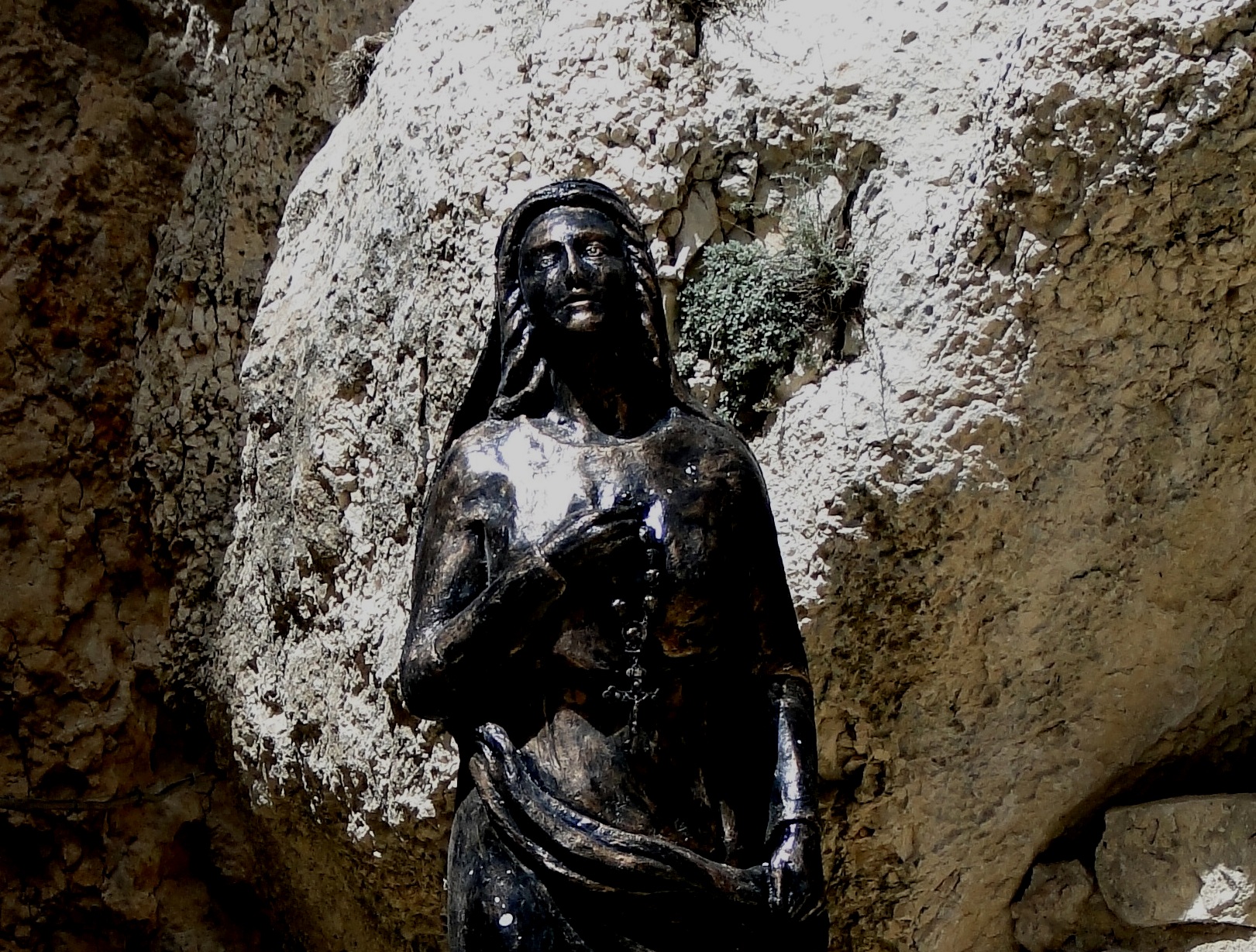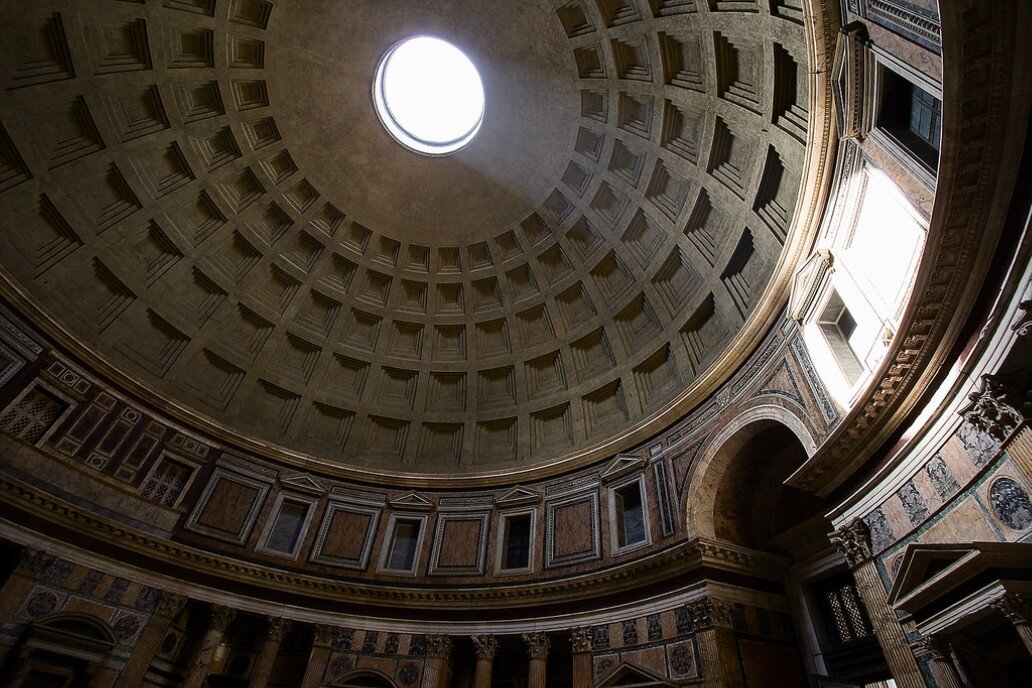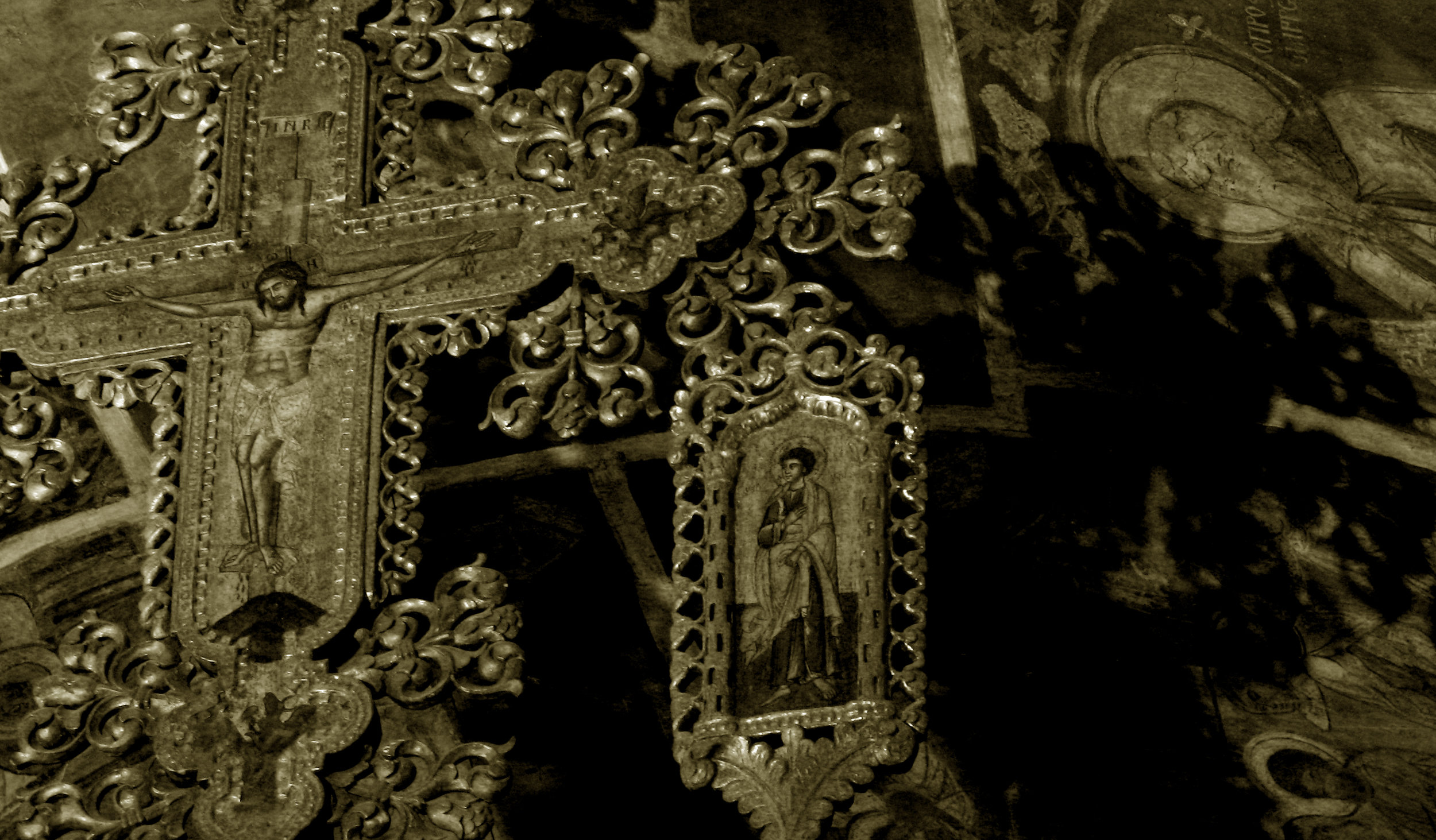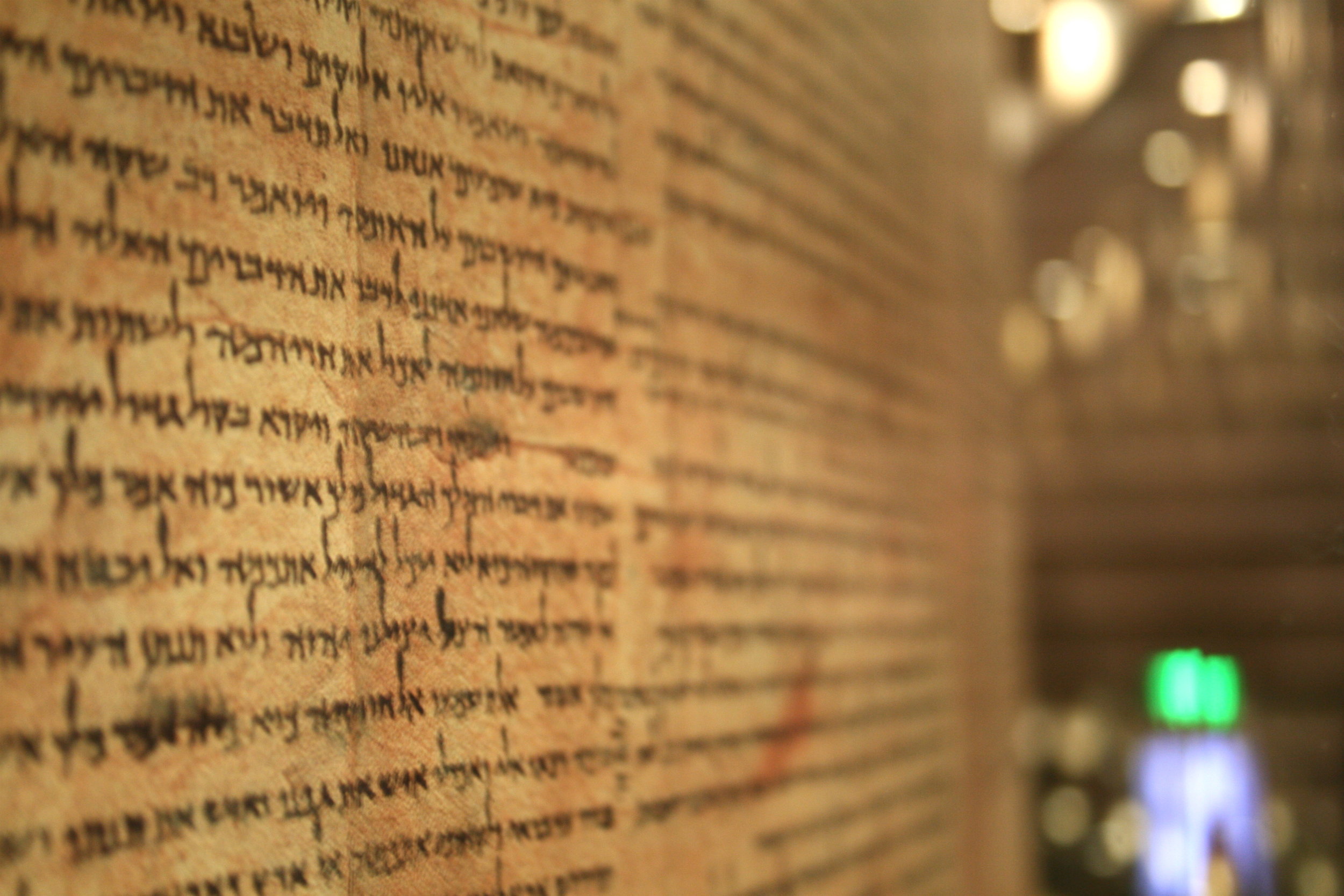Bible Study Tools
Hope Filled Full: How the New Testament Quotes from the Old
Photo credit: Max Pixel, Creative Commons.
Introduction
Some people think that the New Testament authors quote from the Old Testament by “cherry-picking” or “proof-texting.” They do not. They were perceiving the pattern that God keeps trying to tell older stories and bring them to their conclusion, through human faithfulness — in the case of the New Testament, Jesus’ own faithfulness which “filled to the full” Israel’s story.
Hope Filled Full: How the New Testament Quotes from the Old
Part One: The New Testament and the Hopes of the Pentateuch
Part Two: The New Testament and the Hopes of Isaiah
Part Three: The New Testament and the Hopes of the Psalms
Part Four: The New Testament and the Hopes of the Septuagint (TBD)
Hope Building on Hope: How the Old Testament Quotes from Itself
From Garden to Exile: A Thematic and Canonical Analysis of the Old Testament
Literary analysis of the three major divisions of the Hebrew Bible: Pentateuch (Torah); Prophets (Nevi’im); Writings (Ketuvim). Not only does each book have a literary structure that is built on, or develops the meaning of, garden and exile: The arrangement of the books within each division reinforces the story and significance of garden to exile. Hope builds on itself.
A Literary-Thematic Analysis: The Book of Samuel as the Reversal of the Book of Genesis
A paper written for Dr. Eugen Pentiuc, for his class Old Testament Exegesis: The Prophets, at Holy Cross Greek Orthodox Seminary, Fall 2018. This is an example of how book-level macro structures can be perceived, and interpreted. Samuel reverses many themes in Genesis because of how Israel as a people was undermining the lessons God taught the chosen family in Genesis.

